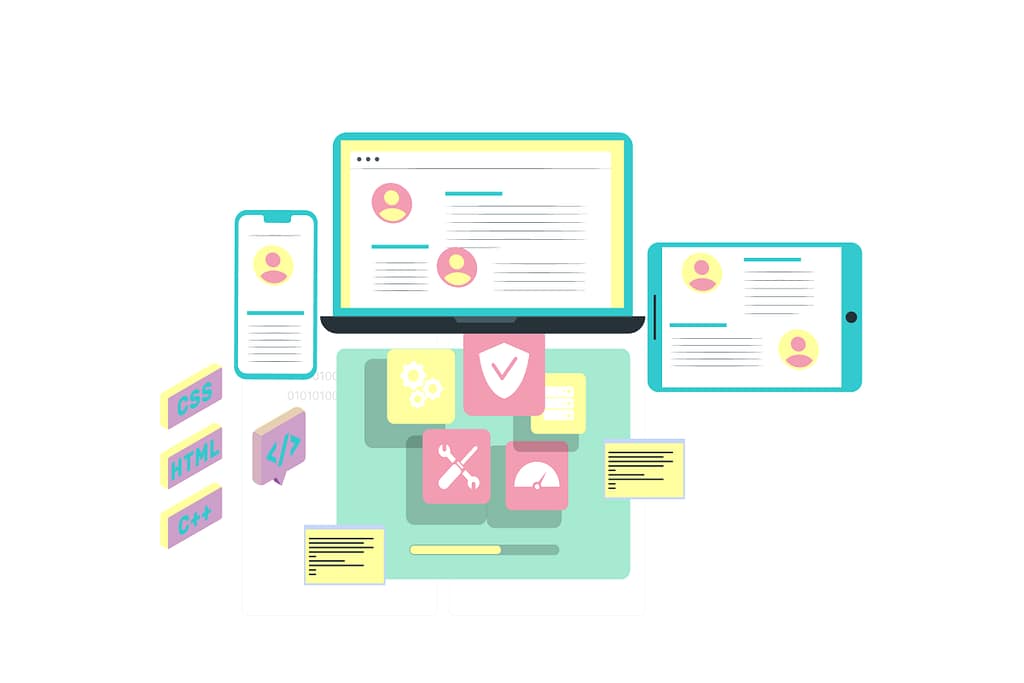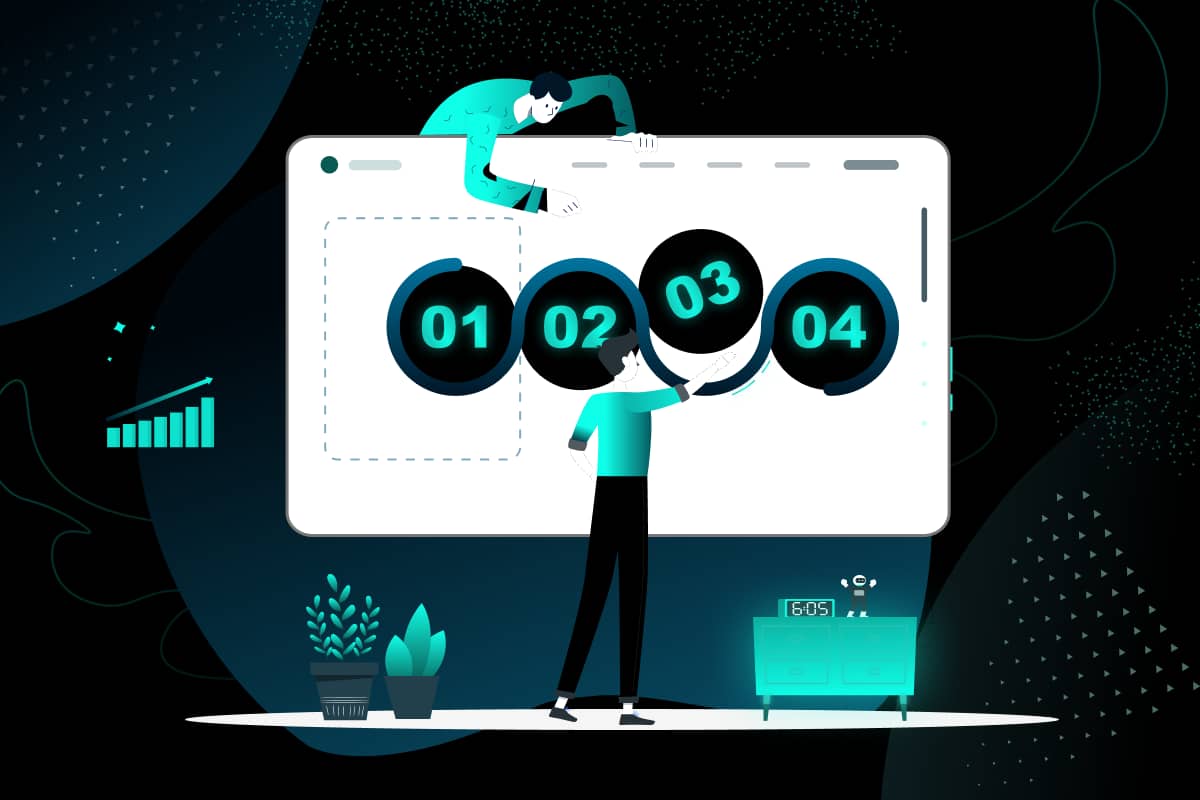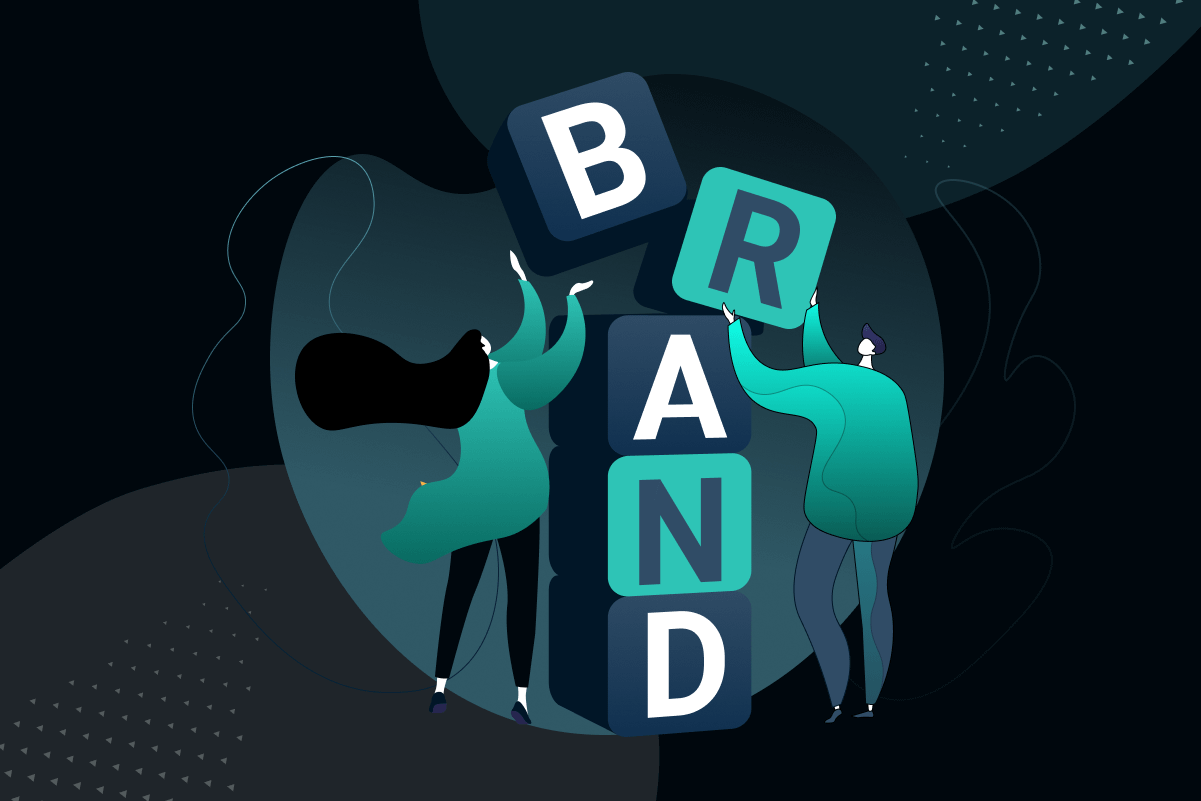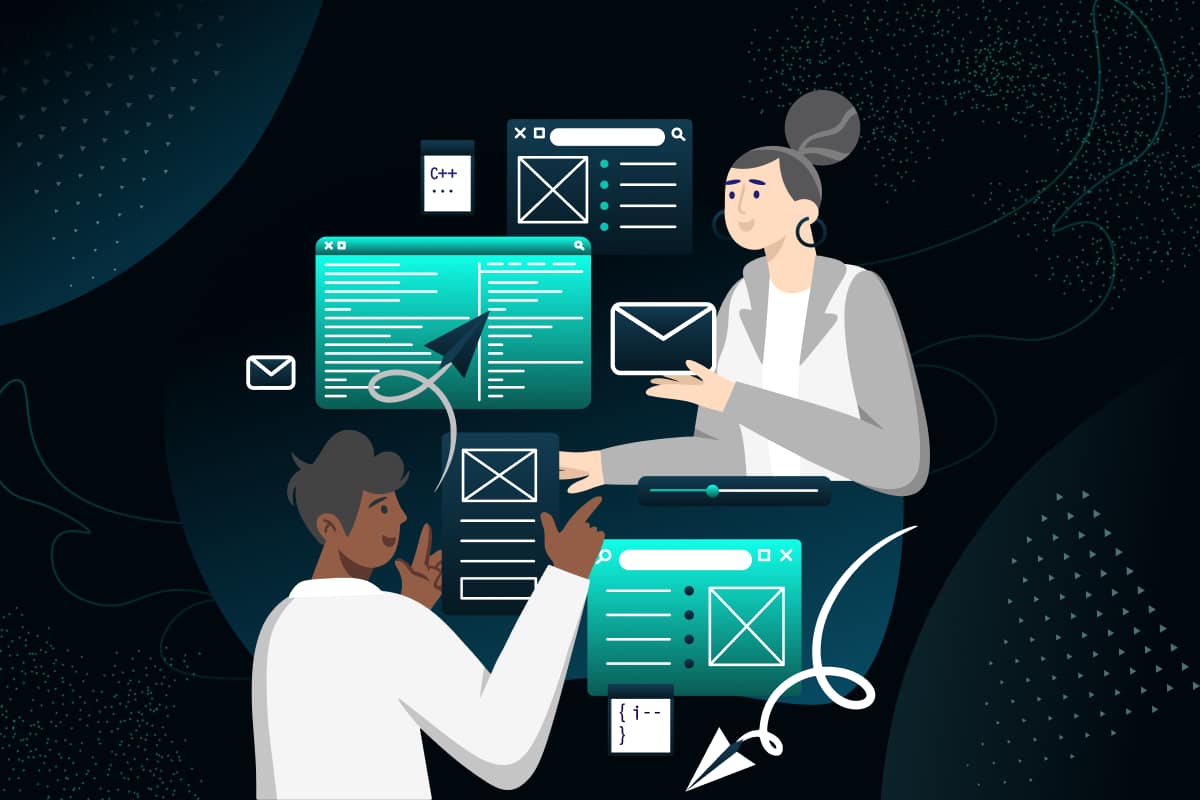As a UX (User experience) design agency, we’ve been asked many times “what stages of UX design process do you follow while designing the UX of an app or a website?” There is a simple reason why this question is so popular: the UX process is a keystone of UX design.
The stages of UX design process for many businesses are at the core of creating useful, effective, and loved products. Whether it is about building a SaaS application, website, or any other digital product, developing the stages of UX design process is important for your business.
Let’s go through what UX design is in general and how a product development team could adhere to the stages of UX design process or modify it to suit the specific business objectives and user personas needs in order to understand the stages UX design process and its benefits to both businesses and users.

WHAT IS UX DESIGN?
UX design enhances user satisfaction by improving usability and accessibility and making it easy to interact with a product. To create a product that meets the user needs, it includes design thinking, user research, and prototyping.
UX is the value that you offer to your user when they are using your products/services, it encompasses a variety of feelings including emotions, senses, and physical interaction…
The goal of the user experience design process, which is a component of product design and development, is to create products that are meaningful, relevant, and enjoyable for consumers to interact with.
The user experience encompasses the entire process of becoming aware of a brand, being advertised to, trying out, purchasing, and using a product, communicating with support, upgrading with new features, and so forth. None of its components can be left to chance; they are all subject to the stages of UX design process.
Understanding the expectations of the consumer is the first step in the stages of UX design process. You can give users a useful and positive experience by understanding their psychology and implementing UX design best practices.
In order to produce straightforward, captivating, and intuitive experiences that will amaze end consumers, a well-executed UX process necessitates that you adhere to a user-centric approach and stated plan.
Therefore, the best strategy for a successful UX design process requires multiple elements including user experience, content, and structure in a way that enables your company to achieve the objectives set.
What is a UX Design Process?
A UX design process is set of pathways where the designer work on the idea to build a user friendly interface. The process include the following steps in general:
- Step 1: Define
- Step 2: Research
- Step 3: Analysis & Planning
- Step 4: Design
- Step 5: Prototyping
- Step 6: Testing
- Step 7: Launch
- Step 8: Iteration
Stages of UX design process
The stages of the UX design process follow a structured methodology to ensure a seamless user experience design. Here’s a breakdown of each stage:
1. Define
The first stage in the UX design process is defining the project’s aim and scope. This involves collaboration among team members and stakeholders from various departments, including business, design, product, and technical teams. The objective is to identify the problem that the new feature or product needs to address. During this stage, the project’s scope, plan, deliverables, and delivery date are also established.
2. Understand the Problem
After defining the project, the next step is to understand the problem from the user’s perspective. UX designers use several tools to empathize with users, including:
User Personas: Representations of different customer groups with similar demographics and behaviors.
User Journey Maps: Visualizations of the steps a user takes to solve a problem using the product.
Empathy Maps: Tools to capture users’ feelings and thoughts as they encounter pain points during their interactions.
3. Inspiration and Research
Once the problem is understood, designers engage in research to find possible solutions. This stage involves:
User Research: Understanding the target market and users’ needs.
Market Research: Analyzing the market for segmentation and differentiation opportunities.
Competitive Research: Evaluating how competitors address similar problems.
Product Research: Reviewing insights and analytics from existing products to understand user behavior.
4. Ideation Process
With a clear understanding of users, the market, and competitors, designers move to the ideation process. This involves generating multiple ideas quickly. Techniques used in this stage include:
Sketching: Creating hand-drawn sketches of potential user interfaces.
Wireframing: Developing digital versions of sketches with basic lines and shapes.
Low-Fidelity Prototypes: Creating simple, digital prototypes to test user flows and information architecture.
5. Prototype
The next stage involves the UI design team transforming wireframes into mockups and creating high-fidelity prototypes that closely resemble the final product. If a design system is in place, designers use the UI component library to develop interactive prototypes.
6. Test
Before launching the product, it must be tested to ensure it solves the problem effectively. Testing involves:
Ensuring the design and development teams collaborate for a consistent approach.
Using web analytics, application analytics, and tracking metrics to measure the product’s performance.
Collecting user feedback to validate the design and make necessary adjustments.
By following these stages, UX designers can create user-centric products that deliver exceptional experiences.
Conclusion
Your stages of the UX design process are going to be entirely unique to your business and product.
That implies that, when compared to another firm and product, every stage will appear very differently for you. You might even completely deviate off the stages, and that’s fine!
The important thing is that you find a process that works for you, your team, and—most importantly—your users.
If you’re ready to begin your own UX process, sign up for a UX design services and create your first prototype today.





